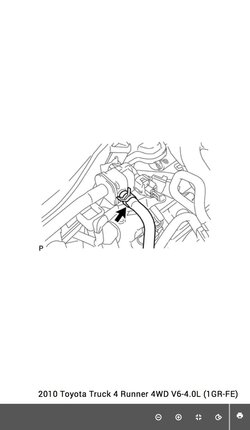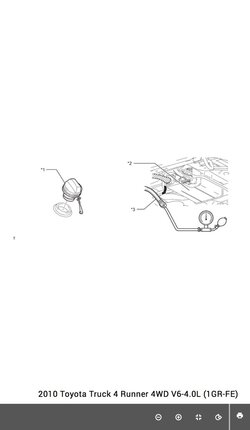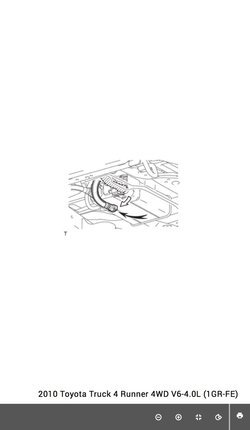WagginTail
Well-Known Member
Lifetime Member
Club Contributor
My wife's 2010 Toyota 4Runner with the 4.0 had the check engine light and traction control light come on the other day. I borrowed a code reader and it shows 3 different codes. I'm hoping someone can help me out. Here's the 3 codes



I talked with a younger mechanic at work and he said could be something simple with evap system causing all of the codes.
I checked vacuum hoses for leaks and didn't find any. The purge solenoid checks out good. What should I check next? Could it be as simple as the gas cap? Still not sure the evap could be causing ABS issues. Any help would greatly be appreciated as I'm trying to avoid taking it to the dealer for them to try to figure out.
Also it runs and drives fine. No changes that we have noticed.
Thanks

I talked with a younger mechanic at work and he said could be something simple with evap system causing all of the codes.
I checked vacuum hoses for leaks and didn't find any. The purge solenoid checks out good. What should I check next? Could it be as simple as the gas cap? Still not sure the evap could be causing ABS issues. Any help would greatly be appreciated as I'm trying to avoid taking it to the dealer for them to try to figure out.
Also it runs and drives fine. No changes that we have noticed.
Thanks









